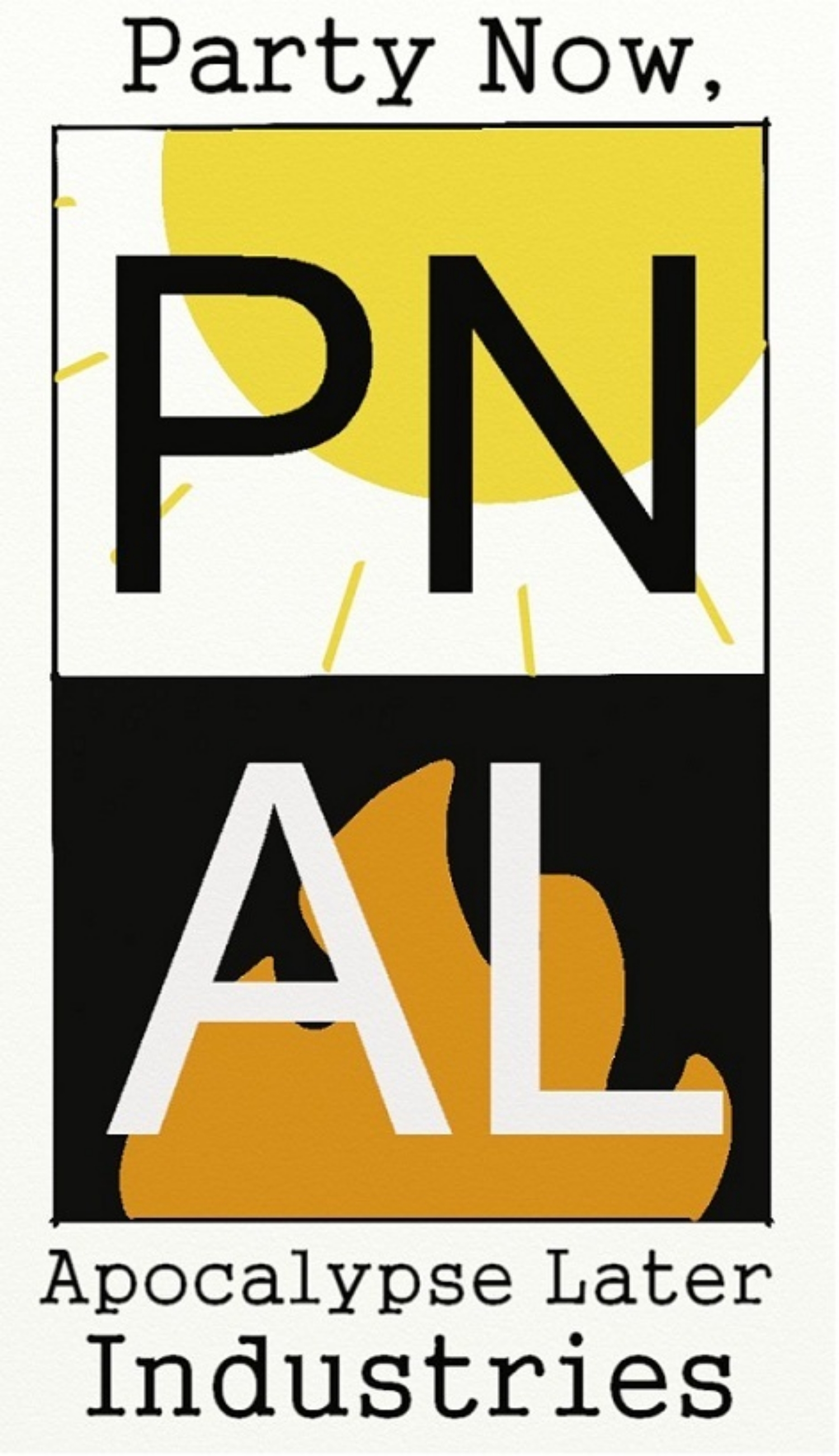Director: Orson Welles
Cast: John Huston, Oja Kodar, Peter Bogdanovich, Susan Strasberg
Have I Seen it Before: Never. Even better still, I’ve devoted more than a little of my life’s work to the notion that I would never see it, and that the film might not actually exist.
Did I Like It: There’s plenty to like. There’s plenty that befuddles. There’s plenty that disappoints.
In short, it is an Orson Welles film.
After Citizen Kane (1941), Welles never got full dominion over a film project. Towards the end of his career, he was cobbling together film projects from whatever favors and hustle he had left. Like the last film released in his lifetime, F for Fake (1973), this posthumous release feels profoundly stitched together like the cinematic equivalent of a frayed, but lovingly stitched together quilt.
In Fake, the discordant quality gave the film a quality of having a protracted conversation with Welles, bobbing along with the history and passions that might flit through his mind at any given moment. Here, whether because the end result is at best an indirect product from Welles, or because the limited format just doesn’t serve a fictional narrative, the results are more muddled.
Welles was smart enough to know the limitations of his resources, and manages to create the context of a film that could have this disjointed structure, a fly-on-the-wall mockumentary shot mostly by eager film students (one imagines you couldn’t swing your arms in early 70s LA and find such a group of cinephiles) about a legendary film director (Huston) at the height of his legend, but the end of his career. So, even when the film isn’t particularly interested in making sense, it at least has some kind of logical consistency.
The figure of Jake Hannaford is certainly the most interesting, but illusive figure in the film. Is he a shade of Huston, the actor portraying him? He has the gate, tone, mannerisms, and some of the background, sure, but that seems to pat of an answer, and Huston doesn’t seem like the kind of man who would have enough sense of humor about himself to appear in something akin to a farce wherein he is largely the butt of the joke.
Is he the figure the film would present to us? A musing as to what Hemingway would have been like had he gone into stagecraft and bull fighting instead of writing and bull fighting? There are certainly enough trappings that one would be forgiven for thinking so.
Is Hannaford Welles himself? Almost certainly, and there is just enough of the other two possibilities to disingenuously—and probably unsuccessfully—put people off the scent. Most of Welles’ protagonists, from Kane through the corrupt cop Quinlan of Touch of Evil (1958) were a bit Welles. Any other argument doesn’t hold a whole lot of water.
What also doesn’t hold a lot of water is Hannaford’s film-within-the-film. It’s clear he’s trying to ape the style of European art films that surrounded his exile, but in the attempt to satirize there’s not much to it, where those other films at least have a reason to exist. It’s clear that—between this and Fake—that he is enamored of his mistress, Kodar, but here presence always feels more boring than it should be, which is impressive considering her role is essentially pornographic. He also hinges a significant performance out of an actress who isn’t really an actress (Cathy Lucas), merely in an attempt to take a shot at longtime frenemy Peter Bogdanovich and his relationship with Cybill Shepherd. I’ll allow for the possibility that I may not get the joke, but especially where Kodar is concerned it feels like a betrayal of his previous aesthetic insistence that sex could only exacerbate the fakeness of a narrative film. That may be the problem: the whole film is too misogynistic and lionizing of that misogyny—when it isn’t barely holding together as an actually movie—to fully recommend.

